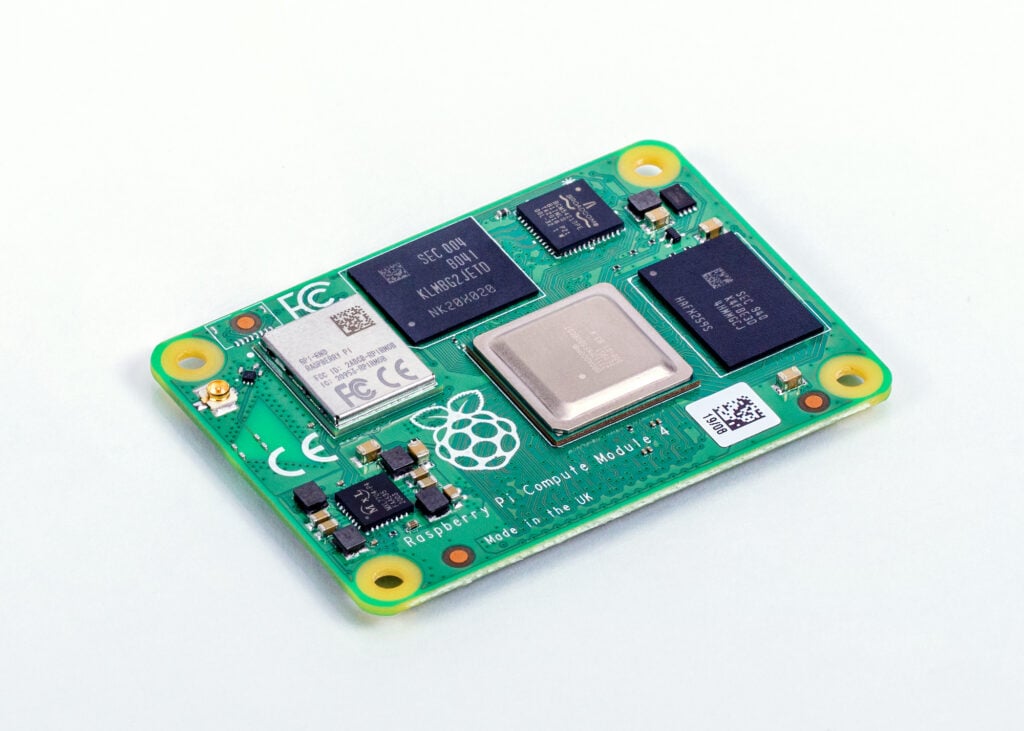I don't have the dimensions of the Pyra CPU board, but the entire Pyra is 139mm wide according to wikipedia. I doubt the CPU board currently specified is smaller than 55mm although I couldn't be sure.
You'd still need a main board which has all the extra modules and connectors on. Modify that board to fit the placement of the connectors on the Pi4CM and hopefully future more applicable upgrades.
Yes, it needs binary blobs, but then so does the OMAP5 based CPU board; not to boot, but for graphics at the very least. But it simplified development costs considerably, and as documented in the video I linked should also reduce compliance costs. That fact you can't even boot the board without the use of blobs might limit the audience for these devices slightly, but the RPi has a much bigger community than we have here, so I'd suggest a hell of a lot of people don't actually care about that so much. Plus if this became known as a use of the RPi CM we might get more hits from the RPi forum and promotion from RPi sites.
I dunno personally. I do quite like the work that hns and daveshah and others have done to bring this project to fruition, but if we could be prearmed for the RPiCM5 and could make units available within weeks of the new CM being released to retail, it could make ED a lot of money, I tend to think.
Edit:
Here's a photo of a dummy board. It looks to me to be about three times as wide as it is tall, and about half of the main PCB's height. That resolved out at 132x43mm, so the Pi4CM is taller by about 17mm, so would likely need to run over the top of the SD card cages, but there seems to be no likelihood of the CM board being any wider than the current CPU board.
Edit2: Or maybe spin the CM by 90 degrees if it's really taller than it is wide.



